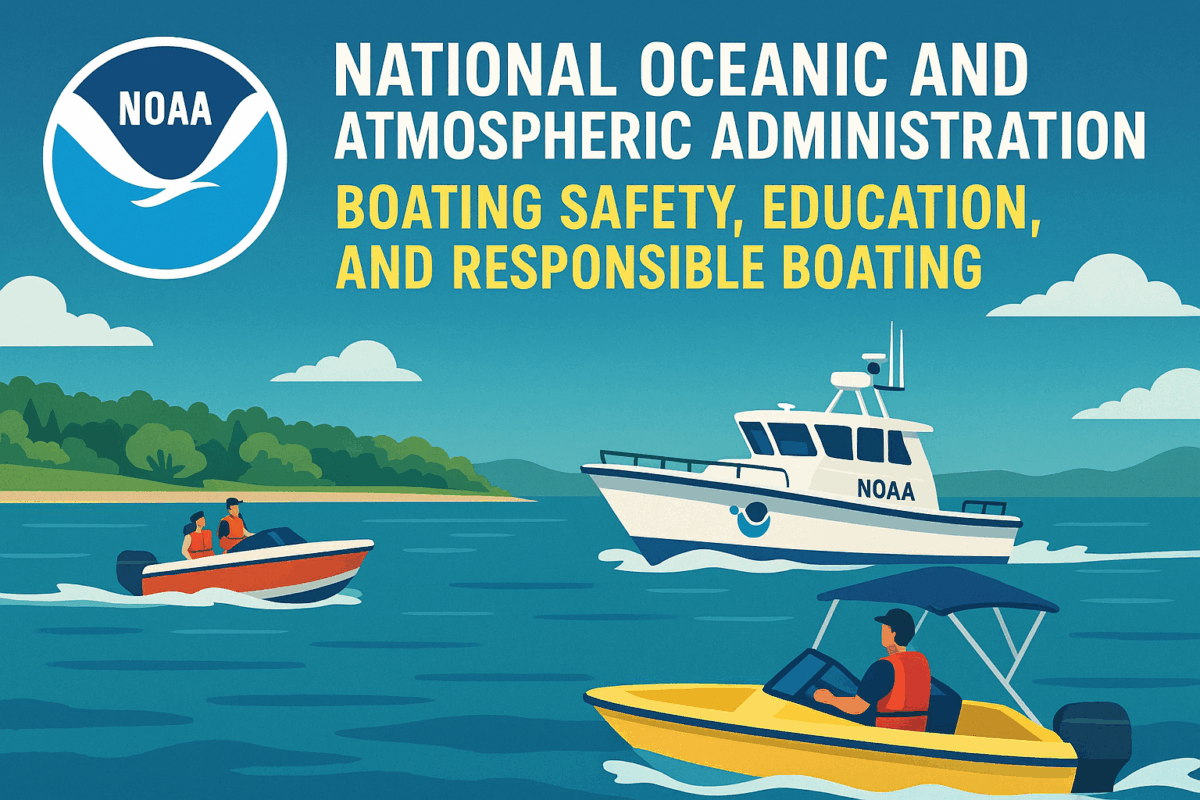Call: 1-800-832-7191

NOAA Marine Debris Program
The NOAA Marine Debris Program stands at the forefront of efforts to combat marine debris across the United States. From the Atlantic to the Pacific, and throughout the Great Lakes, this program actively addresses the growing threat of pollution in our waters. Rather than waiting for debris to accumulate, NOAA takes a proactive approach—partnering with local, national, and international organizations to prevent trash from entering the marine environment in the first place.
The NOAA Marine Debris Program is Tackling Debris on Multiple Fronts
To make a meaningful impact, the NOAA Marine Debris Program focuses on several key strategies. First, it removes existing debris from coastal areas, restoring habitats and protecting wildlife. Next, it works closely with communities to raise awareness and promote prevention. By engaging schools, nonprofits, and government agencies, NOAA builds a network of informed citizens ready to take action.
In addition, the program supports ongoing research and shoreline monitoring. These efforts help scientists understand how debris moves, where it accumulates, and what materials pose the greatest risks. When natural disasters strike, NOAA responds quickly to assess and manage debris-related hazards, ensuring that recovery efforts don’t overlook environmental concerns.
Spotlight on Alaska: A Collaborative Success
One of the program’s most impressive achievements is the Alaska Marine Debris Action Plan. This comprehensive strategy reflects years of collaboration between NOAA and a wide range of Alaska-based partners. Federal, state, and local governments joined forces with nongovernmental organizations, universities, industries, and Alaska Native communities to shape the plan.
Together, these stakeholders developed a roadmap for addressing marine debris across Alaska’s vast and ecologically sensitive coastline. The plan outlines goals, identifies priority areas, and encourages coordinated action. Thanks to this unified approach, Alaska now leads by example in the fight against marine pollution.
Understanding the Scope of the Problem
Unfortunately, marine debris remains one of the most widespread pollution issues on Earth. Every day, plastics, metals, rubber, paper, and textiles enter our oceans and waterways. Lost fishing gear, abandoned vessels, and improperly discarded waste all contribute to the growing crisis.
This pollution doesn’t just affect the environment—it harms wildlife, damages habitats, and threatens human health. Sea turtles mistake plastic bags for jellyfish, birds ingest bottle caps, and coral reefs suffer from entanglement. The NOAA Marine Debris Program works tirelessly to reverse these trends and educate the public about the consequences of inaction.
How You Can Get Involved with the NOAA Marine Debris Program
Fortunately, everyone can play a role in solving this problem. Start by learning about the different types of marine debris and where they come from. Then, explore how debris impacts ecosystems and communities. Curious about garbage patches? NOAA offers resources that explain these massive accumulations and their global significance.
Finally, take action—whether you live near the coast or far inland. Participate in cleanups, reduce single-use plastics, and support policies that protect our waters. By joining forces with the NOAA Marine Debris Program, you help create a cleaner, safer, and more sustainable future for all.
